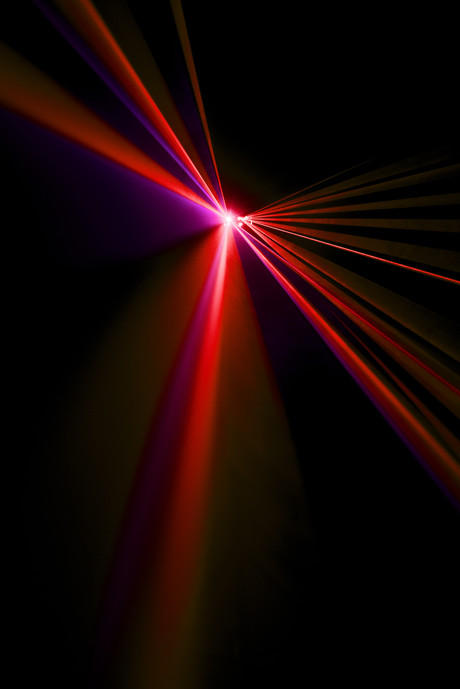Laser light could 'reprogram' materials

Professor Christopher Barner-Kowollik has been awarded an Australian Laureate Fellowship and Australian Research Council funding of more than $3 million to investigate how monochromatic light provided by lasers could be used to program and reprogram coatings and materials to make them adaptable and adjustable to their specific environment.
A world-leading soft matter nanotechnologist based at the Queensland University of Technology (QUT), Professor Barner-Kowollik said his research is focused on real-world applications of the use of light in soft matter nanotechnology.
“An example of this would be the developing of a coating whose mechanical properties could be adjusted to make it more flexible by simply shining light on it in certain areas and then using a different light wavelength to harden it again,” he said.
“This could be how car scratches are healed in the future and how the sensitive parts of electronic devices are fitted and removed — by programming and then reprogramming coatings with light of different wavelengths to make them either hard or flexible.”
According to Professor Barner-Kowollik, it is estimated that 10% of all goods will be 3D printed by 2030. The ability to use the same ink to produce not just multiple products, but products of varying material just by changing wavelengths would thus be a game changer.
“One of the Holy Grails of 3D laser lithography is to be able to write 3D structures with nanometre resolution using visible light as this has the potential to revolutionise the fabrication of computer chips,” he said.
He said the use of light-driven technology would have a vast array of applications, noting that in Australia, where light is an abundant yet underused resource, specific filters could be developed to enable light’s power to be harvested for chemical transformations.
Professor Barner-Kowollik’s research to exploit light to control and program the shape of materials will also look at how light can be used to write, store and read information embedded within the polymers that form the building blocks of many materials.
“Sequence-coded and sequence-readable polymers will be of great value in synthetic protein design and, for example, as highly defined inks for 3D micro- and nano-printing,” he said.
3D semiconductor chip alignment boosts performance
Researchers have developed an ultra-precise method to align 3D semiconductor chips using lasers...
Researchers achieve 8 W output from optical parametric oscillator
Researchers have demonstrated a total output power of 8 W from a high-power mid-infrared cadmium...
"Dualtronic" chip for integrated electronics and photonics
Cornell researchers have developed a dual-sided chip known as a "dualtronic" chip that...






